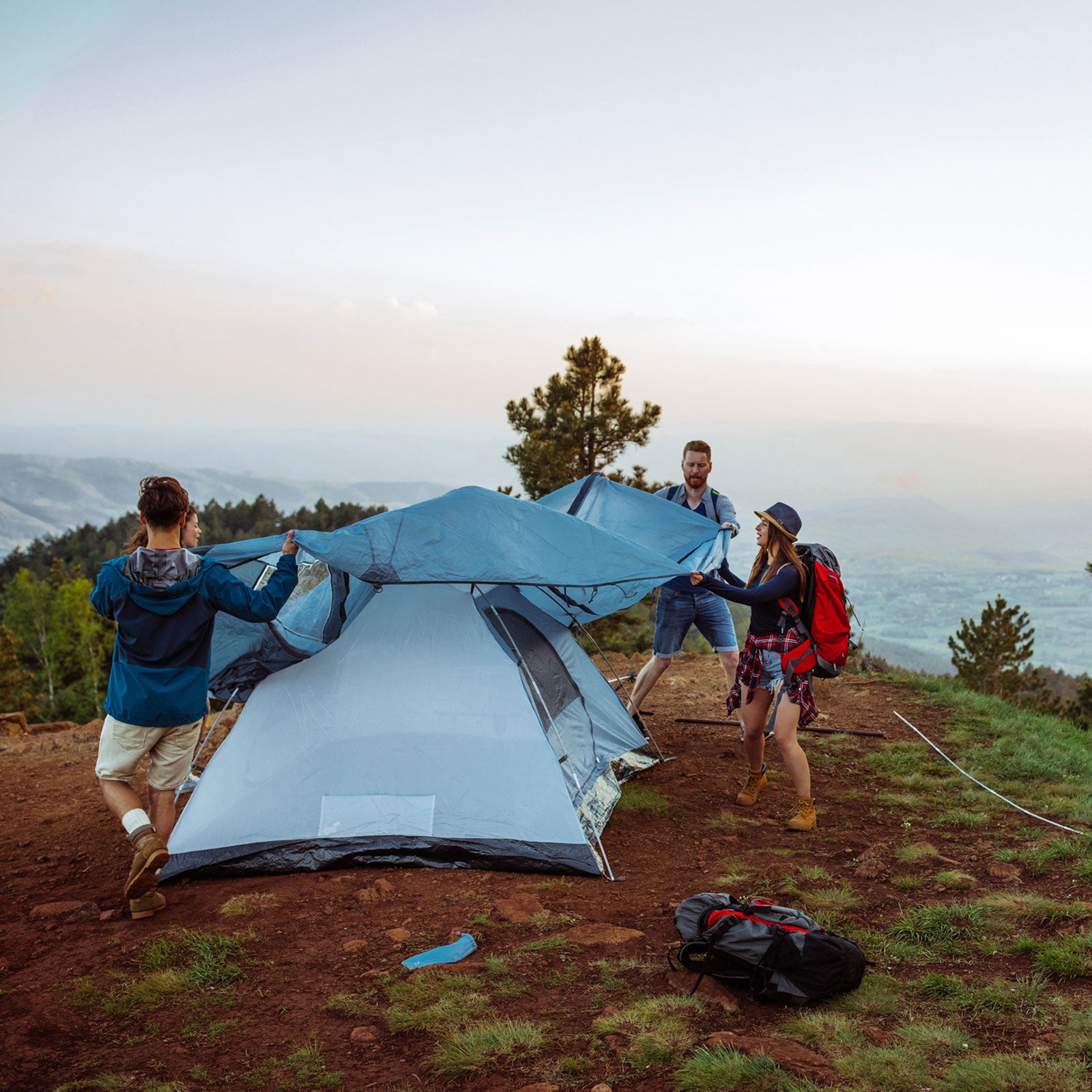Where gear is concerned, we all want the best. ThatÔÇÖs why twice a year, in our summer and winter BuyerÔÇÖs Guides, we bestow the top performers in certain categories with Gear of the Year honors.╠řBut the best usually comes with a high price tag, and sometimes spending top dollar isnÔÇÖt an option. Luckily, thereÔÇÖs plenty of gear on the market that offers many╠řof the same technical benefits, with some trade-offs, for╠řmuch lower price tags.╠ř
Top Pick: Eddie Bauer BC EverTherm Jacket ($499)
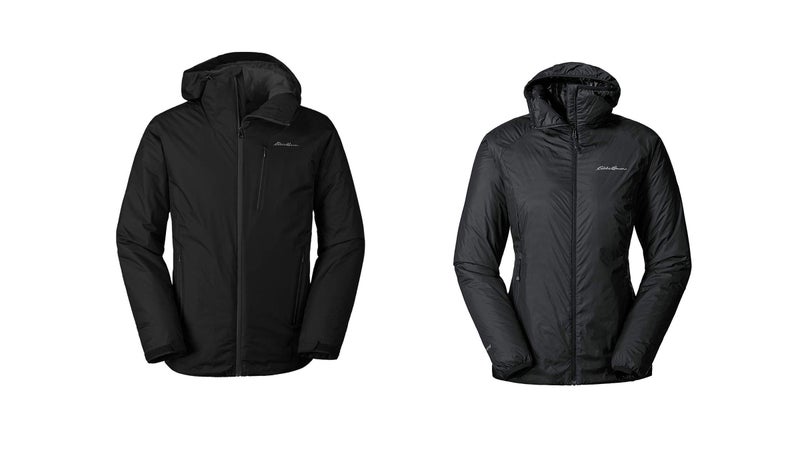
Eddie BauerÔÇÖs Thindown insulation consists of╠řdown╠řpressed into sheets that╠řstays in place without stitched baffles, which can let in cold air through the needle holes. Thanks to╠řthat technology, plus╠řa 15-denier waterproof outer shell, the ╠řoffers the packability of down with a high degree of weather resistance.
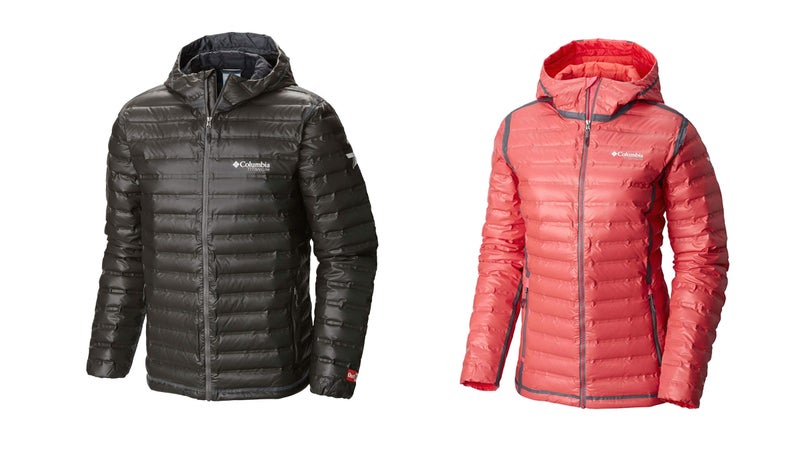
More Affordable Pick: Columbia OutDry Ex Gold Down Jacket ($250)
If you want a lightweight, packable, waterproof puffy that avoids the cold-air seepage typical of sewn baffles, ColumbiaÔÇÖs is a great alternative. It uses regular down feathers for insulation instead of a sheet construction like Eddie Bauer╠řbut╠řhas the same no-sew benefits:╠řthe baffles are welded (not stitched), which means no needle╠řholes for cold air to seep through. Plus, the outer nylon shell is a waterproof-breathable membrane in and of itself, so you (and your down insulation) stay dry without overheating.
╠ř
Top Pick: Sweet Protection Switcher MIPS Helmet ($249)
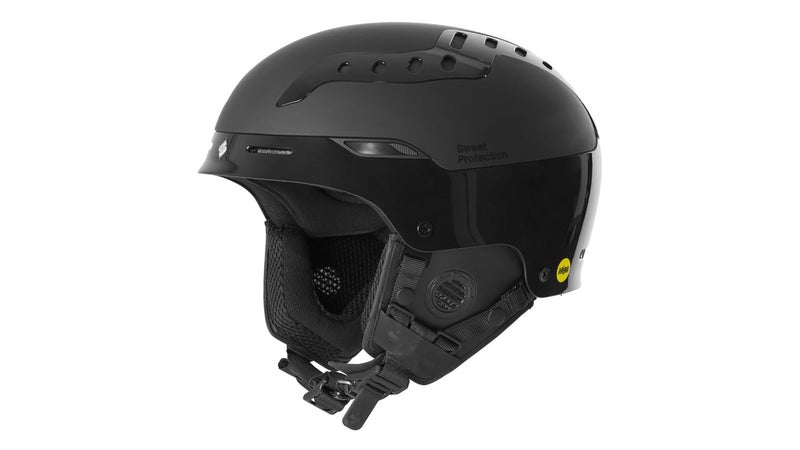
What earned the its place as our Gear of the Year pick was its extremely dialed fitÔÇöno fancy engineering solution, just a shape and level of padding that all testers loved. Plus, 22 vents (controlled by a single knob) turn the lid from insulated to breezy in seconds, and the magnetic chin strap is easy to use with gloves on.
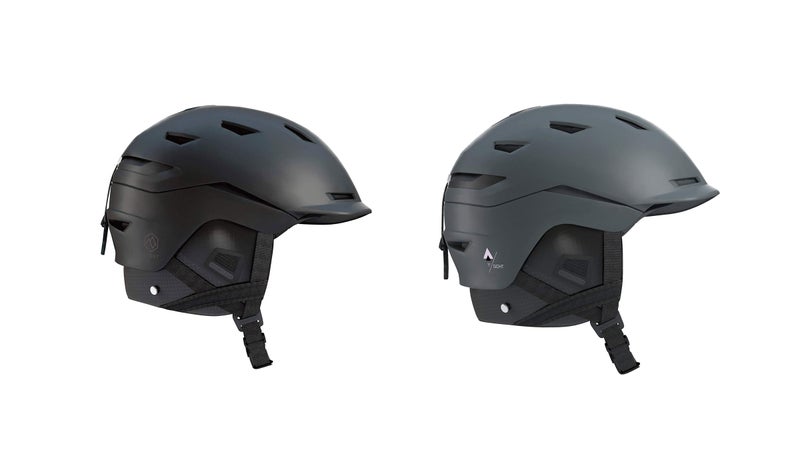
More Affordable╠řPick: Salomon Sight Helmet ($180)
Sure, weÔÇÖd all prefer a helmet that fits just right without any fidgeting, like the Sweet Protection. But of all the adjustment mechanisms our crew tried last season, the Custom Air fit╠řsystemÔÇöan internal air bladder that inflates and deflates for a snugger or looser fitÔÇöon the was the resounding favorite. Press a button on the back to pump up the bladder, and push a different button to let air out. The Sight doesnÔÇÖt have as many vents as the Switcher, nor the convenient chin-strap magnets, but testers loved its sleek, simple look╠řand the fact that the air bladder didnÔÇÖt deflate throughout the day.
╠ř
Top Pick: Outdoor Research Interstellar Jacket ($300)
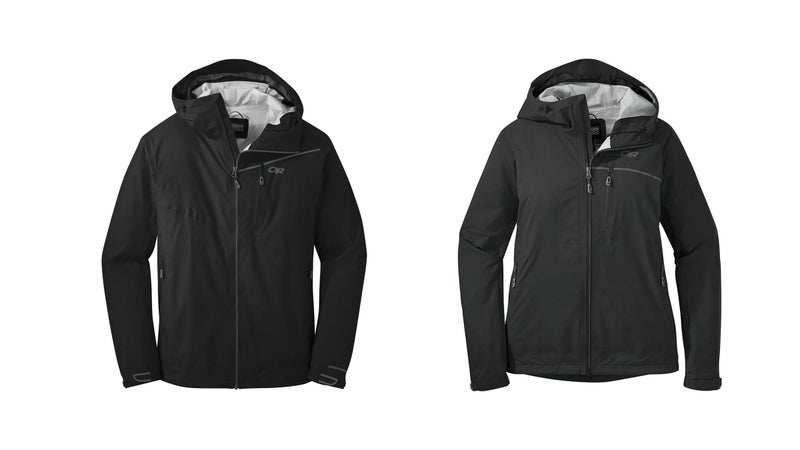
Pretty much every company that makes a shell markets it╠řwith words like waterproof, breathable,╠řand stretchy.╠řOutdoor ResearchÔÇÖs balances those traits better than most of its competitors, thanks to a membrane woven from electronically charged polymers. Our testers╠řfound it to be the most vapor-permeable rainjacket theyÔÇÖd ever tried.
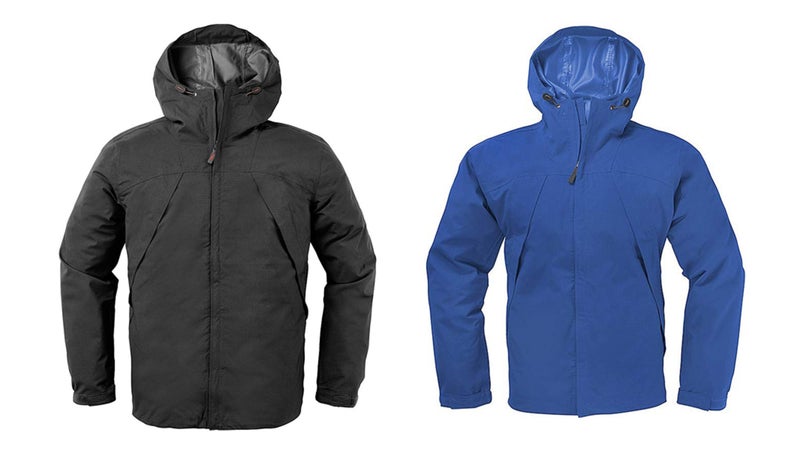
More Affordable Pick: Sierra Designs Neah Bay Jacket ($90)
When it comes to rain shells, a price tag under $100 usually means youÔÇÖre sacrificing something significantÔÇövapor permeability, next-to-skin comfort, durability, refined features, etc. Not so with the . ItÔÇÖs shockingly breathable and stretchy given its two-layer construction, and the seam-taped shell never wet out (our test director wore the jacket for a long, rainy hike under a loaded pack). Plus, with harness-friendly pockets and a helmet-compatible hood, the jacket is equally as capable for climbing.
╠ř
Top Pick: MSR Hubba Tour 3 Tent ($750)
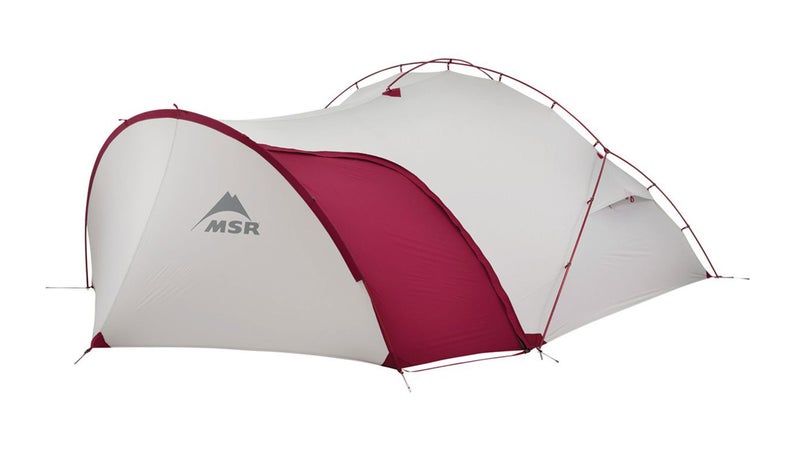
The ÔÇÖs floor space, 43 square feet,╠řis nothing out of the ordinary for a three-person tent. But add in the 25-square-foot vestibuleÔÇöbig enough for stashing loads of gear and using as a changing roomÔÇöand you get a tent thatÔÇÖs comfortable even when youÔÇÖre holed up╠řduring poor weather. An external pole system lifts the tent and fly together for speedy setup when the weather turns abruptly.
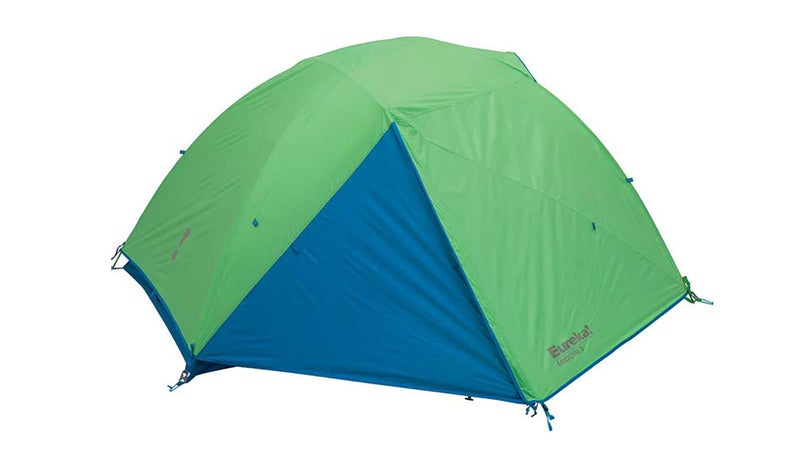
More Affordable Pick: Eureka Midori 2 Tent ($160)
The doesnÔÇÖt have the oversize╠řvestibule that our test crew loved in the Hubba Tour 3, but it does offer significant floor space and head roomÔÇöjust over 30 square feet╠řand a maximum height of three feet╠řsix inches, respectively. And the two doors each have their own ten-square-foot vestibule. The tentÔÇÖs calling card is an extra-long ridgepole near the head (the one running widthwise across the top), which extends the peak height from door to door rather than just at the tentÔÇÖs center point.


